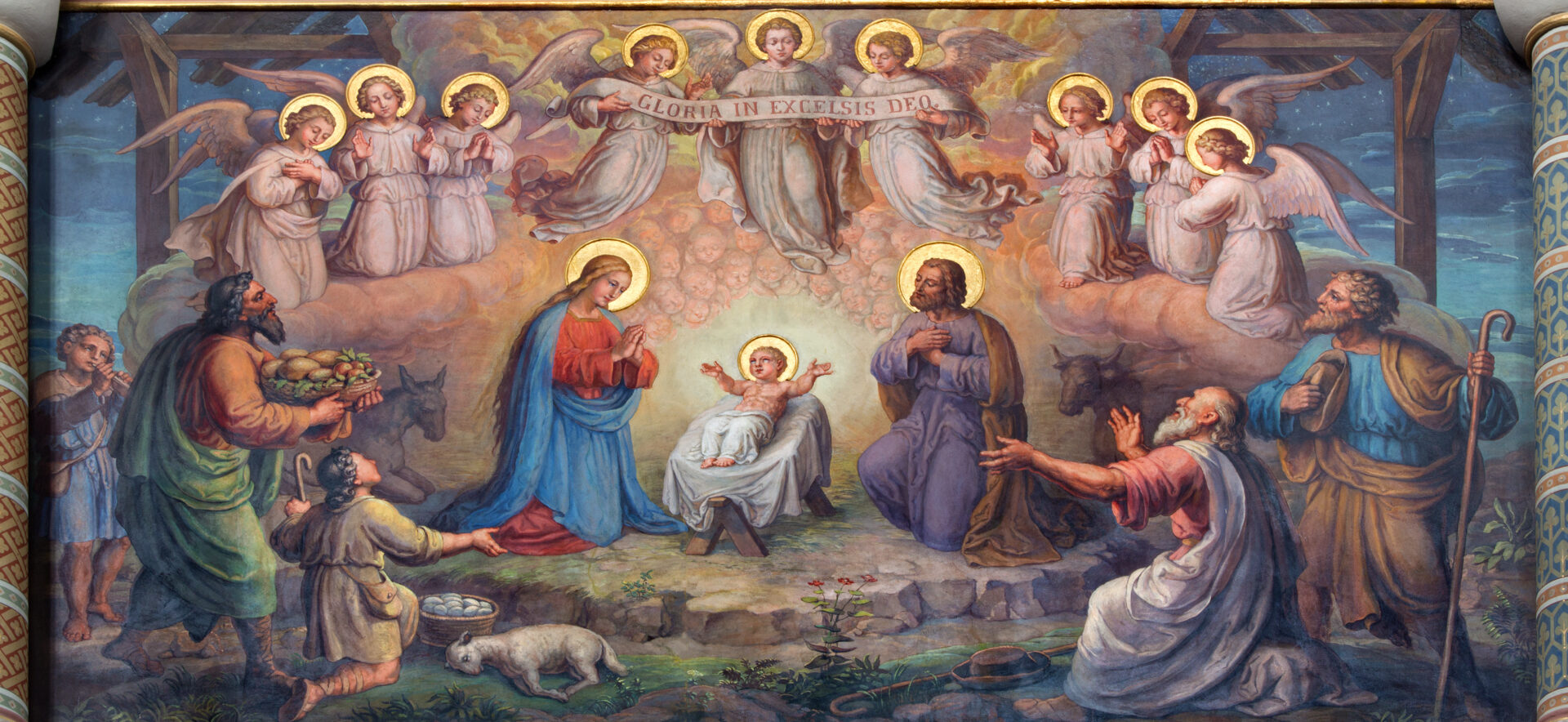I wrote an article for Fathom Magazine that attempts to answer my daughter’s questions about how God appears to be male or at least masculine and if the second person of the trinity could have been incarnated as a woman.
My daughter, who has been reading through the New Testament this year, came crashing into my room with questions.
She had arrived at 1 Timothy—specifically the part about women teaching, the deception of Adam and Eve, and salvation by childbearing—and she was frustrated. I started with the old line, “When we come to a difficult passage, we need to read it in light of the rest of the story,” but she immediately countered with, “This isn’t a ‘difficult passage,’ dad, it just confirms all the other shady stuff in the rest of the Bible! Why is God a man, and Jesus a man, and everything is always built for men and not for women?”
…
As I discuss God and gender with my daughter and son, there are two key truths that I’ve tried to emphasize. The first is that God is neither male nor female, masculine nor feminine. [The second] is that the incarnation of the second person of the Trinity as a male, born of a woman, demonstrates how God values both men and women.
Read more at God and Lizards. Sex and the Incarnation →.
(also be sure to check out Amy Peeler’s Women and the Gender of God for a deeper treatment of these questions).
